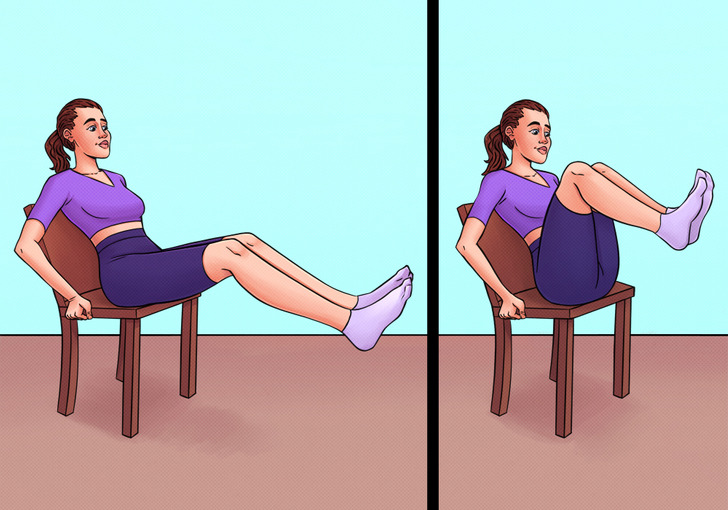12 Story Twists More Shocking Than a Hitchcock Thriller

Life gets hectic, and finding time to hit the gym can feel impossible. But staying active doesn’t have to mean blocking out hours in your day. Whether you’re juggling work, family, or a packed calendar, these five quick mini-workouts are designed to fit into even the busiest schedules. No equipment, no hassle-just efficient, effective exercises to keep you moving and feeling great.

Mini workouts are ideal for busy lifestyles because they provide a flexible and effective way to stay active without requiring large blocks of time. These short sessions, typically last a few minutes and can fit seamlessly into daily routines, whether during work breaks while waiting for meals to cook, or before bedtime. Their adaptability allows individuals to stay consistent with fitness goals amidst demanding schedules.
Despite their brevity, short workouts have various benefits over long gym sessions, and can also help in weight loss. Research shows that high-intensity bursts of activity can improve cardiovascular health, metabolism, and muscle strength as effectively as longer workouts. They also help break up sedentary periods, improving circulation and reducing the health risks associated with prolonged sitting. Furthermore, these sessions are less intimidating for beginners and can boost mental well-being by releasing mood-enhancing endorphins.




Fitness experts suggest starting with modified push-ups for 4–6 weeks before progressing to regular push-ups. This helps you focus on maintaining proper form, which is key to preventing joint strain and injuries. If you’re a beginner, begin with 2 sets of 5 push-ups daily, taking a one-minute break between sets. As your strength improves, slowly increase the number of repetitions and sets.

Starting Position: Sit on a sturdy chair or bench with your back straight. Keep your feet flat on the ground and your hands gripping the chair’s edges for support.
Hold a medicine ball, dumbbell, or resistance band during the exercises. Gradually increase the number of repetitions as your core strength improves. Perform leg raises while twisting for added intensity. Slow down the movements to increase muscle tension. Keep your core engaged throughout the workout by pulling your navel towards your spine. Ensure the chair or bench is stable to prevent slipping or injury.
Benefits of a Seated Abs Workout:
Creating a mini workout routine that works involves a few key strategies tailored to your goals, fitness level, and available time. Start by identifying your main fitness objectives—such as improving strength, cardiovascular health, or flexibility. Next, choose exercises that target multiple muscle groups or offer high-intensity bursts to maximize efficiency. For example, squats, push-ups, and planks are excellent choices for strength, while high knees or burpees are effective for cardio.
Structure your routine to include intervals or circuits lasting 5–15 minutes, incorporating exercises you can do without extensive equipment. Aim for a mix of movements and intensity levels, such as alternating between strength-focused and cardio-focused exercises. Don’t forget to warm up briefly and cool down with stretches. Consistency is key, so try to repeat the routine multiple times a week, gradually increasing intensity as you progress.
For more easy tips to stay healthy, check out this article.











